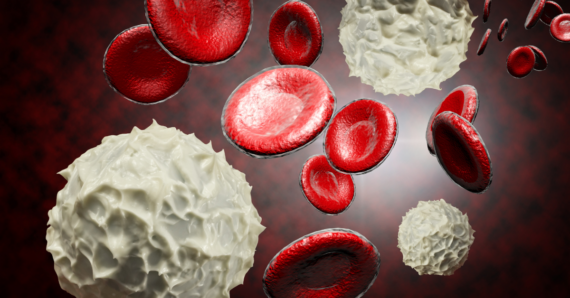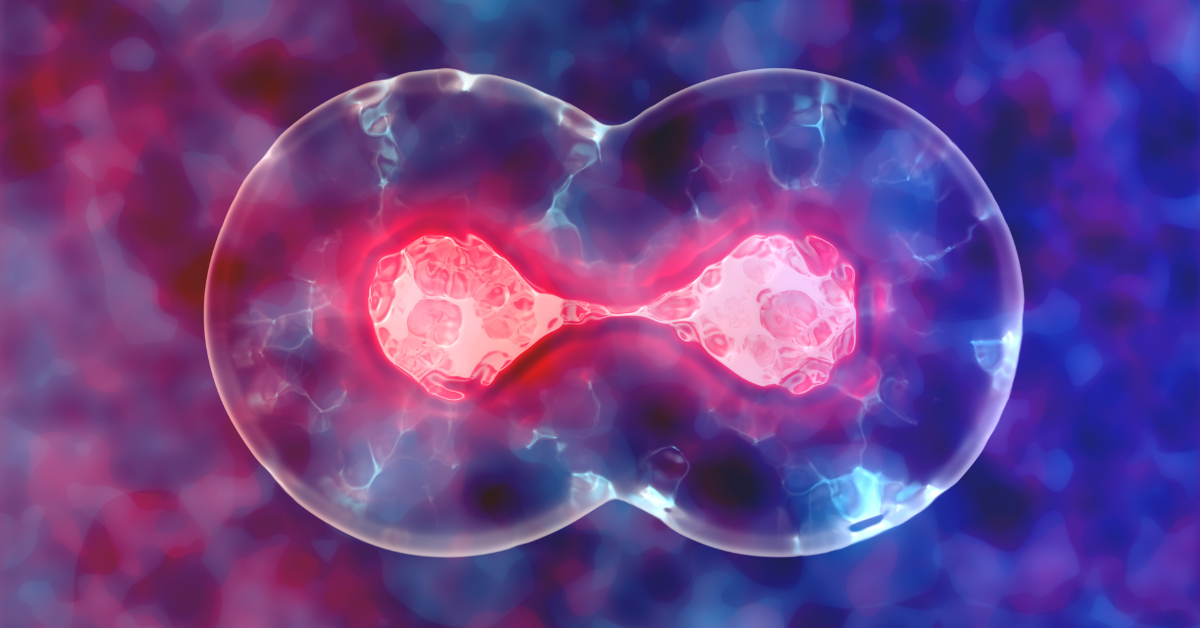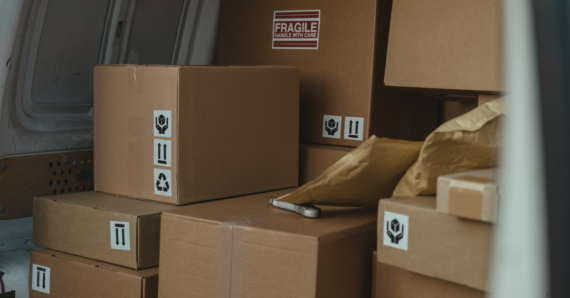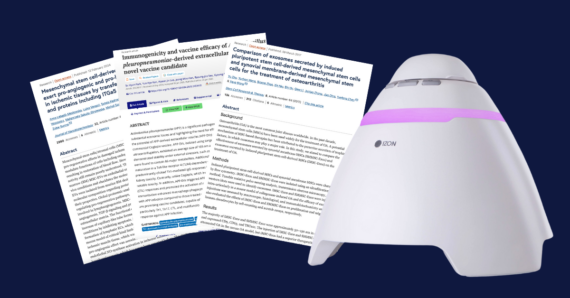The Future is Flexible: Summary
Substrate stiffness serves as a critical determinant of MSC behaviour, exerting profound effects on adhesion, proliferation, migration, and differentiation. Understanding the mechanistic basis of substrate stiffness-mediated responses opens up new avenues for tissue engineering, regenerative medicine, and disease modelling. By harnessing the principles of mechanotransduction, researchers aim to design biomimetic platforms that recapitulate the native tissue microenvironment and enhance the therapeutic potential of mesenchymal stem cells. Leveraging specialised platforms like Matrigen Softwell, which offer tunable mechanical properties and high-throughput capabilities, can significantly aid researchers in conducting comprehensive studies on cell-substrate interactions, advancing our understanding of mechanobiology and accelerating the translation of findings into transformative biomedical applications. As our understanding deepens and innovative tools like Matrigen Softwell continue to evolve, we are poised to unlock the full regenerative capacity of these remarkable cells and revolutionise the landscape of biomedical research and clinical practice.
In tissue engineering and regenerative medicine, a crucial factor influencing mesenchymal stem cell (MSC) behaviour is substrate stiffness. MSCs hold immense promise for regenerative therapies due to their ability to differentiate into various cell types. The extracellular matrix (ECM) is a complex network of molecules that surrounds and supports cells, influencing their behaviour. The stiffness of the ECM varies across tissues due to differences in the composition and organisation of its protein and sugar components. By mimicking the stiffness of native tissues, researchers can create biomimetic scaffolds and microenvironments that better support MSCs for therapeutic applications.
Mesenchymal Stem Cells: Powerhouses of Regeneration
MSCs are a type of adult stem cell found in various tissues throughout the body, including bone marrow, adipose tissue (fat), and umbilical cord blood. MSCs exhibit multipotency, meaning they can differentiate into a variety of mature cell types that form different tissues, such as bone, cartilage, and fat. This unique ability makes them highly attractive for regenerative medicine applications.
In addition to their differentiation potential, MSCs possess valuable properties like self-renewal, allowing them to replicate for extended periods, and immunomodulation, enabling them to potentially reduce inflammation. These characteristics make MSCs a promising tool for promoting tissue repair, regeneration, and potentially treating a wide range of conditions.
The Stiffness Spectrum: A Symphony of Support
The ECM acts as a symphony conductor for cellular behaviour. This complex network of proteins, sugars, and other molecules provides structural support for cells and tissues. But the ECM isn’t just a static scaffold; its stiffness varies dramatically across the body, influencing how cells function.
Imagine a spectrum of stiffness, with brain tissue on the soft end and bone tissue on the hard end. Brain tissue, with its delicate neural structures, requires a soft and pliable ECM for optimal function and protection. In contrast, bone tissue, responsible for structural support and movement, thrives in a stiff and rigid environment. The variation in stiffness is determined by factors like:
- Protein density and crosslinking: A denser and more crosslinked network of ECM proteins, like collagen and elastin, leads to increased stiffness.
- Mineral deposits: Certain tissues, like bone, are naturally stiffer due to the presence of mineral deposits. In bone, these deposits are primarily composed of calcium phosphate crystals embedded within the collagen matrix, significantly increasing its rigidity.
- Overall architecture: The arrangement and organisation of ECM components also play a role. For example, a highly aligned and bundled network of collagen fibers provides more resistance to deformation compared to a randomly oriented network.
- Cell-Matrix Interactions: Cells themselves can influence the stiffness of the ECM through processes like contraction and remodelling. For instance, fibroblasts, which are important cell types found in connective tissue, can produce and modify the ECM, affecting its overall stiffness.
- Pathological Conditions: Diseases can alter the composition and organisation of the ECM, leading to changes in stiffness. For example, fibrosis involves excessive deposition of collagen, resulting in a stiffer and less functional tissue. Conversely, some cancers can break down the ECM, making it softer.
Understanding MSCs Response to Substrate Stiffness: A Symphony of Signals
The stiffness of their environment acts as a crucial signal for MSCs, influencing their behaviour in various ways. Here’s a closer look at how substrate stiffness impacts different aspects of MSC function:
- Adhesion and Spreading: MSCs adopt different shapes (morphologies) in response to varying stiffness. Studies have shown that cell shape is linked to cell proliferation and differentiation. For instance, McBeath et al. demonstrated that flattened, spread cells prefer to differentiate into bone cells (osteoblasts), whereas unspread, round cells develop into fat cells(adipocytes). On stiff substrates mimicking bone tissue, MSCs spread out extensively, forming strong focal adhesions that anchor them firmly. In contrast, on softer substrates resembling brain tissue, MSCs take on rounder shapes with fewer focal adhesions.
- Proliferation: Substrate stiffness can modulate the rate at which MSCs multiply. Studies show that MSCs proliferate faster on stiffer substrates compared to soft substrates. This suggests that stiffness influences the cell cycle, the complex series of events leading to cell division. Specific regulatory pathways within the cell likely respond to these changes in stiffness.
- Migration: When faced with a stiffness gradient, MSCs exhibit a remarkable ability called durotaxis. It was demonstrated that MSCs durotax to stiffer regions of the gradient. Imagine them migrating towards a stiffer region, similar to how cells might be drawn towards a specific chemical signal. This targeted movement is crucial during processes like wound healing and tissue development, where MSCs need to reach specific areas for repair.
- Differentiation: Perhaps the most fascinating impact of substrate stiffness lies in its influence on differentiation, the process where MSCs mature into specialised cell types. A study in 2006 by Engler and colleagues revealed are markable finding. They discovered that MSCs cultured on hydrogels with varying stiffness levels, but identical biochemical environments, differentiated into distinct lineages that mirrored the stiffness of their natural tissue counterparts. Notably, MSCs grown on soft substrates displayed a neuronal character, those on medium stiffness developed into the myoblast lineage(muscle cells), and cells on stiff substrates resembled osteoblasts (bone cells). This study underscores the remarkable ability of substrate stiffness to guide the fate of MSCs, highlighting their immense potential for tissue regeneration
Unlocking Regenerative Potential: Implications for Medicine and Tissue Engineering
The ability to manipulate substrate stiffness opens a treasure chest of possibilities for various biomedical applications:
Tissue Engineering:
By precisely controlling the stiffness of biomaterial scaffolds, researchers can guide the differentiation of MSCs towards specific cell types needed for tissue regeneration and repair. For instance, engineering bone scaffolds with a stiffness mimicking native bone tissue can create a perfect environment forMSCs to differentiate into bone cells (osteoblasts). This targeted approach has the potential to significantly enhance bone regeneration therapies. Similar strategies can be applied to engineer scaffolds with stiffness profiles suited for cartilage, muscle, or other tissues.
Disease Modelling in a Dish:
Substrate stiffness can be a powerful tool for creating”disease models in a dish.” By mimicking the stiffness of diseased tissues, researchers can culture MSCs in an environment that more closely resembles the pathology. Studying how MSCs behave and interact within these stiffer or softer environments can provide valuable insights into how diseases like fibrosis (excessive scar tissue formation) or cancer progress. This deeper understanding can pave the way for developing novel therapeutic interventions.
Drug Discovery with Better Models:
Traditionally, drug discovery relies heavily on cell cultures grown on flat, plastic surfaces. However, these surfaces don’t accurately reflect the natural environment of cells in the body. By incorporating the concept of substrate stiffness, researchers can develop more physiologically relevant in vitro models for drug screening and toxicity testing. Imagine testing drugs on MSCscultured on scaffolds with stiffness mimicking target tissues like heart muscle or lung tissue. This approach can improve the predictive accuracy of preclinical studies, leading to the development of safer and more effective drugs.
How to Control Matrix Stiffness When Studying MSC Mechanoresponse?
At Atlantis Bioscience we recommend utilizing Matrigen Softwell for better control of matrix stiffness when studying MSC mechanoresponse. It simplifies cell-substrate interaction research, especially focusing onthe mechanical influence of the cellular environment. This innovative platform uses advanced materials to create tunable stiffness substrates, mimicking natural tissues. Researchers can explore how substrate stiffness affects MSC behaviour using Matrigen Softwell’s diverse formats (flasks, slides,multi-well plates, etc.) suitable for high-throughput studies.
Compatible with various assays, Matrigen Softwell allows researchers to conduct adhesion, proliferation, migration, and differentiation assays, providing a comprehensive view of how substrate stiffness impacts MSCs.By enabling real-time visualisation and analysis, Matrigen Softwell empowers researchers to capture dynamic cellular responses, shedding light on the intricate relationship between MSCs and substrate stiffness.
In essence, Matrigen Softwell is a powerful tool for unlocking the complexities of mechanobiology and harnessing the regenerative potential of MSCs for clinical applications. Its versatility and precision make it an essential resource for researchers unravelling the mysteries of cell-substrate interactions and paving the way for advancements in regenerative medicine.








